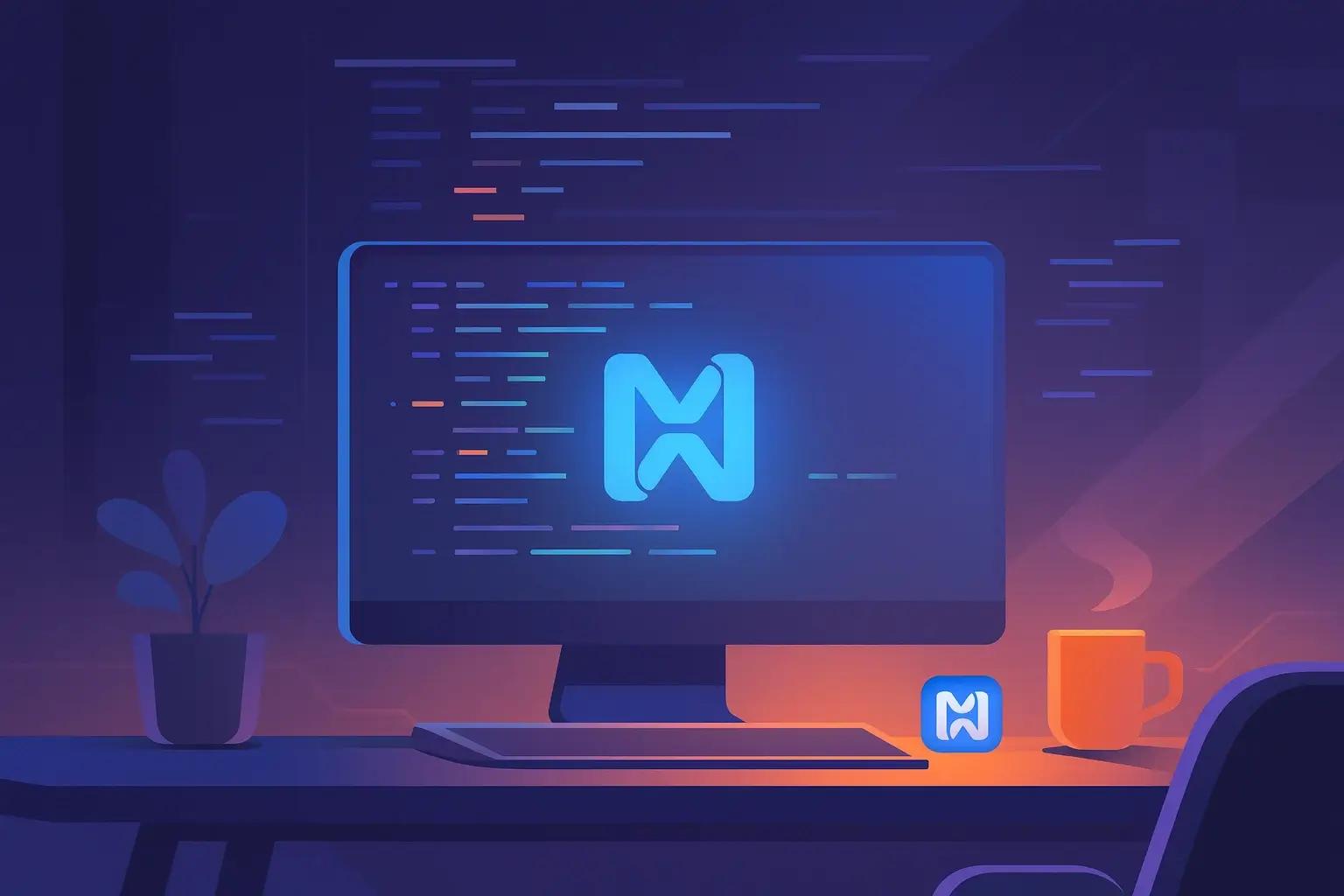How to Get Started with Motia in Under 10 Minutes
Shubham
Developer

I recently came across something interesting called Motia. It's a new framework that promises to simplify backend development by bringing everything together under one roof.
As someone who’s been experimenting with modular SaaS backends, this caught my eye immediately. Motia claims that you can build APIs, background jobs, workflows, and even AI agents - all within a single, unified framework. That’s a bold claim... so I had to try it.
Here’s what I learned while getting started with Motia in less than 10 minutes.
What Exactly Is Motia?
Motia (by MotiaDev) is an open-source backend framework designed to make backend development feel modern, clean, and language-agnostic.
It’s built around a simple idea — instead of managing routes, controllers, services, and queues separately, you just create Steps. Each Step is a small, self-contained unit that can represent:
- An API endpoint
- A background job
- An AI agent or workflow
You can write these steps in TypeScript, JavaScript, or Python, and Motia will handle the rest.
In short: one framework, multiple languages, no boilerplate.
Step 1: Installation
Let’s get started right away.
Open your terminal and run:
npm create motia@latest my-app
cd my-app
npm install npm run devThat’s it… Motia sets up everything for you. It’s a pre-configured server with folders and all the boring setup stuff… so you can start writing your APIs right away.
Step 2: Create Your First API Step
Once setup is done, you’ll notice a /steps folder in your project.
Let’s create our first API:
Create a file named hello.mts inside /steps and add the following code:
export const config = {
path: "/hello",
method: "GET"
}
export default async () => {
return { message: "Hello from Motia!" }
}
That’s all you need.
There’s no routing, no controllers, no server configuration just one file that defines what happens when someone hits /hello.
Step 3: Run Your Server
Now run your app again:
npm run devOpen your browser and visit:
👉 http://localhost:3000/hello
You’ll see this response:
{ "message": "Hello from Motia!" }That’s your first API built and running with Motia in under 10 minutes.
What Makes Motia Different
As a backend developer, what I liked most is how Motia removes the clutter.
You don’t have to think about routing logic, dependency injection, or endless configuration.
Each “Step” is self-contained and can represent anything... API, job, or agent.
It’s like having Express, Celery, and LangChain... all speaking the same language.
And because it supports multiple languages, you can mix and match: use TypeScript for APIs, Python for AI tasks, and it just works.
Real-World Use Cases
I can easily imagine using Motia for:
- Building unified backends for SaaS platforms (like my CRM, HRMS, Projects suite)
- Creating event-driven workflows where APIs trigger background jobs
- Running AI agents as part of a larger backend system
Motia’s structure makes all of this simpler — everything feels connected but modular.
Final Thoughts
Motia is still new, but it brings a fresh way of thinking.
It feels light, modern, and built with care — like someone finally made a backend framework that matches how developers actually work today.
If you’re tired of switching between tools for APIs, jobs, and automation, just try Motia once.
You might end up making it your favorite little experiment of the week.